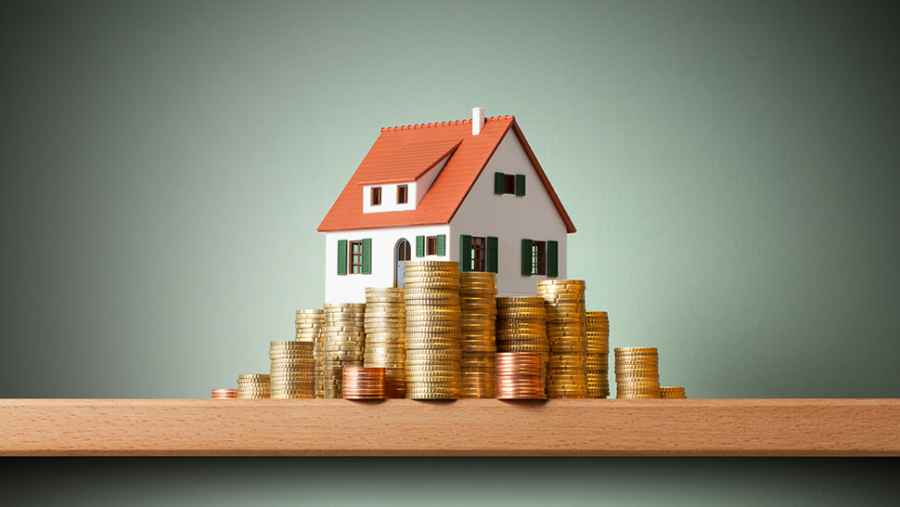

Where a prospective tenant is considering taking a lease of premises where VAT is chargeable on the rent, the stamp duty implications are worth bearing in mind.
Stamp duty will be payable within 1 month of the grant of a lease. HMRC work out the “net present value” of the annual rent over the term of the lease, and base their calculation of the stamp duty payable on that figure.
Included in the net present value is any VAT payable on the annual rent. Leaving aside any potential “double taxation” concerns, the requirement to include VAT in the net present value can have significant practical consequences where its inclusion pushes the “net present value” into a higher stamp duty threshold.
For example, stamp duty on a 5 years lease at £50,000 per year is charged at 1%, meaning £757 stamp duty is payable. By contrast, once VAT is applied on the £50,000 per year, stamp duty is charged at 3% resulting in a £1,209 liability.
Tenants should bear this in mind when negotiating the annual rent on a new lease, and should consider the impact of the term of the lease on the stamp duty payable. Broadly speaking, the longer the lease, the more stamp duty will be payable.
Consequently, although a long-term lease can offer stability, for some tenants a shorter term lease with an option to renew may be more manageable by spreading the stamp duty liability over a longer period. Indeed, whereas a 5 year lease at £50,000 per year results in a £757 liability, a 15 year least at £50,000 per year means handing over £4,258 to the tax man at the outset. The risk, of course, is that the VAT rate increases in the interim, leaving the tenant will a higher VAT liability than expected on renewal.
Various factors will invariably influence a tenant’s decision when taking a new lease, which makes any kind of generic advice difficult, but the implications of VAT and lease term on the level of stamp duty payable are certainly worth bearing in mind when negotiating heads of terms.
Similar principles apply on purchase of freehold property, although there is not the issue of length of term to contend with. Nevertheless, if VAT is elected on a purchase of a £420,000 property, stamp duty suddenly applies at 4% rather than 3%, resulting in an additional £7,560 being payable on the purchase price. A tax on a tax – perhaps something to lobby your MP about!










